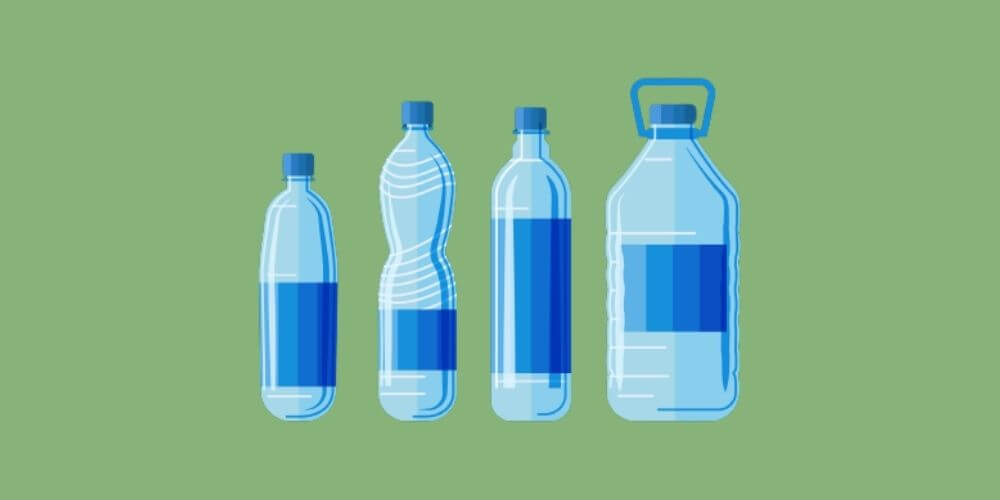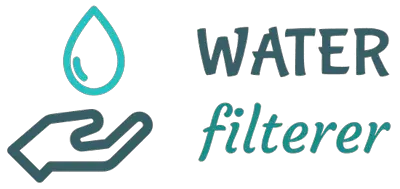It’s that time of year again when homeowners have to worry about how to remove salt from drinking water. If you’re not careful, the high levels of sodium in salted water can cause health problems. Luckily, there are a few things you can do to get the salt out and make your water safe to drink.

Keep reading to learn more!
Steps to Remove Salt from Drinking Water:
1. Fill a pitcher or other container in your home with water. Allow the water to sit at room temperature for several hours or overnight.
2. Pour the salt water into a large pot on your stovetop. You can also use outdoor gas or propane burner if you have one available. Turn the stove onto high heat and bring the pot up to a full boil.
3. Add more water to the pot until it is about three-quarters full, making sure to fill it with your tap. Turn off the stove once all of your water has boiled away, but leave the pot on the burner so that it continues steaming without boiling anymore. This will allow some of the remaining salt crystals in your water to dissolve back into solution while remaining undissolved crystals are present in greater numbers.
4. Turn off the burner, allowing the pot to cool before you handle it further. Carefully pour the water into a pitcher for storage in your fridge. The water should be safe to drink now that most of the salt has been removed.
5. If you live in an area where high levels of sodium are common or if you want to remove more salt from your drinking water, fill up a container with tap water and add some baking soda or unsalted tomato juice that you keep on hand for cooking. Allow this mixture to sit overnight as well before pouring it into another pot on the stovetop. Bring this up to a boil along with several cups of clean water and allow it to steam away until only a small amount of water remains.
6. Combine the pot of remaining clean water with your pitcher full of salt-removed drinking water and refrigerate until it’s time to drink!
Please note that you shouldn’t boil your tap water too long or too frequently, as this can cause some minerals to build up in your heating system.
Does water purifier remove salt?
Many homeowners do not realize that there is a lot of salt in their water, and this can cause problems down the road.
A water purifier can help to remove the salt from your water, but it is important to find one that is specifically designed for this task.
Here we will discuss some of the best options on the market for removing salt from your water. We’ll also provide some tips on how to get the most out of your salt-removing water purifier.
Water purifiers remove salt using an ion-exchange process. One side of the purifier contains either beads or cartridges that contain sodium ions, while the other side contains beads or cartridges that are charged to attract sodium ions.
When water passes over one set of beads, it takes up sodium ions and releases other ions in their place. These new ions then pass through the unit into your drinking water.
Water purifiers that are designed to remove salt from your water will usually be slightly more expensive than standard filters, but they can do a lot of good for the health of you and your family.
Can RO remove salt?
Yes, but only to a certain extent. Reverse Osmosis systems alone usually do not have filter stages designed specifically for removing heavy metals like mercury or silver, nor are they commonly equipped with carbon filter stages designed for removing chemical contaminants like chlorine or hydrogen sulfide.
Reverse Osmosis Systems will remove significant chemical contaminants (metal ions, aqueous salts), including sodium, chloride, copper, chromium, and lead; arsenic, fluoride, radium, sulfate, calcium, magnesium, potassium.
So while an RO system does remove some hard salts (primarily calcium and magnesium), it will typically leave your drinking water with some amount of sodium content if it is not followed with a post-filter designed to remove sodium.
Also, while reverse osmosis systems are effective at removing salt content in your water, they can be expensive to operate and maintain.
Homeowners who are interested in installing a reverse osmosis system should consult with a qualified professional to determine if this is the best solution for their needs.
Does boiling softened water remove salt?
The use of a water softener has advantages but there are chemicals involved in the process. If you don’t want harsh chemicals added into your drinking water, you can get rid of them by heating up your softened water on the stovetop or using an electric kettle to boil the water and evaporate off the salts.
While either way will work, heating up softened water on the stovetop is a better option because it will evaporate off other impurities too including metals, bacteria, and other chemicals.
You should be aware that the purpose of softened water is to reduce scaling inside your pipes or appliances so heated softened water can build up minerals even faster than before if you are not using a water softener.
How do you desalinate water at home?
In many parts of the world, access to clean water is a luxury. If you’re lucky enough to have a safe and steady supply of freshwater coming into your home, then you’re one of the lucky ones.
For those living in areas where fresh water is scarce or contaminated, desalination is the only way to get access to potable water. But what is desalination, and how can you do it at home?
Desalination is basically a process of removing salt from seawater so that it can be used for human consumption. In nature, this is a very simple process: as freshwater flows into the ocean by rivers or rainfall, it mixes with the seawater to create a saltwater solution. The sun then evaporates off the surface of the water, leaving behind the salt and other minerals.
You can remove salt from water in your home in the following ways:
1. Distillation – Boiling and re-condensing the steam produces nearly pure water.
2. Reverse Osmosis – Water is forced under pressure through a semi-permeable plastic membrane, trapping almost all impurities on one side of the membrane (including sodium salts). Filters require replacement or cleaning to maintain efficiency.
3. Deionization – Ion exchangers are used that will filter out specific ions, e.g., Na+, Mg++, etc., but not other ions like K+. This system must be regenerated with periodic use of strong acid, strong alkali, or ion exchange resins.
4. Lime Softening – Lime (calcium hydroxide or “pickling lime”) is added to water and reacted with magnesium and calcium ions in hard water. The reaction produces insoluble calcium/magnesium carbonate. Carbon dioxide bubbles off, leaving mostly pure water.
5. Electrodialysis – An electrical current flows through a very dilute salt solution that has been placed between two electrodes spaced about 1 mm apart. Because the current density is extremely low, no significant electrochemical processes take place.
The salt ions are drawn to the electrodes, split into two parts, and recombine at the oppositely charged electrode. Because there are no chemical reactions involved, the process is very selective. The water molecules are not polarized so they pass through the system without being affected at all.
Final Thoughts
There are many methods that can be used to remove salt from drinking water. While boiling and distillation is the most effective, you’ll need some additional equipment like a distillation apparatus, filters, or other appliances.
For those who need pure or softened water on a regular basis (for example, if you live in an area where the only available source of freshwater is desalinated seawater), investing in a home water treatment system makes sense because the equipment will pay for itself over time.
If however, your needs are less frequent (e.g., during vacations or emergencies) you can use more cost-effective methods like boiling or lime softening, which are effective but require more frequent maintenance.

